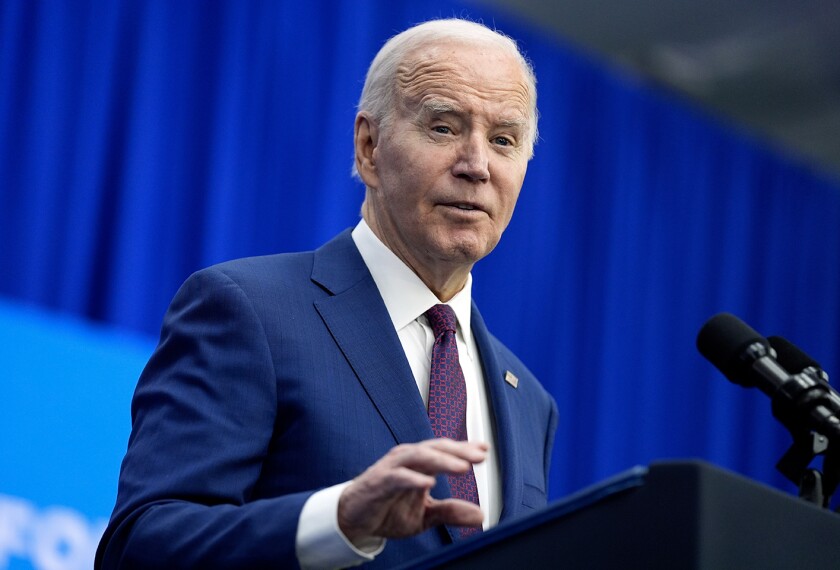Washington officials have insisted for months that emergency aid for education is one of their top priorities during the coronavirus pandemic. Yet political drama and fundamental disagreements between the White House and Capitol Hill have made those negotiations volatile and reaching a deal elusive.
President Donald Trump’s Oct. 6 declaration that he would not approve a new coronavirus relief package until after he wins the election—and Trump’s change in rhetoric just hours later—captures that uncertainty.
Amid the hot-and-cold Beltway talks, what are the actual congressional proposals on the table that could form the basis of a relief package to help schools?
In the chart below, you see how the different relief pitches – and in one case, a general framework that hasn’t turned into actual legislation – stack up across more than a dozen indicators, including how much spending they call for and how they cover everything from internet access to school choice.
Congress did provide fiscal aid for K-12 schools in the CARES Act, which Trump signed into law in late March. Lawmakers introduced the proposals in the chart after Trump signed the CARES Act.





